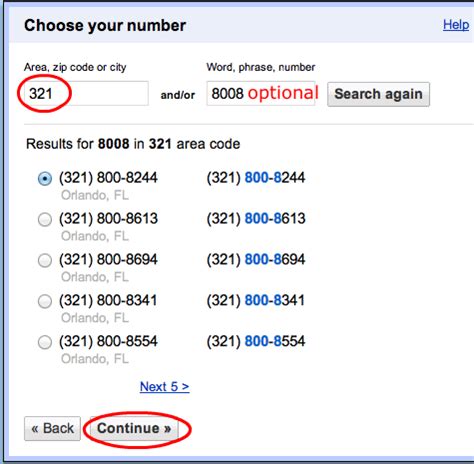How to Get a Phone Number: A Comprehensive Guide
Getting a phone number in today's digital age is easier than ever, but the best method depends on your needs and preferences. This guide will walk you through various options, helping you choose the perfect solution for your situation.
Understanding Your Needs
Before diving into the options, consider what you need from a phone number:
- Temporary or Permanent: Do you need a number for a short-term project or a long-term commitment?
- Local or International: Do you need a number within your area code or a number from a different country?
- Personal or Business: Is this number for personal use or a business? This impacts the type of service you'll want.
- Features Needed: Do you need features like voicemail, call forwarding, or text messaging?
Methods for Obtaining a Phone Number
Here are the primary ways you can acquire a phone number:
1. Traditional Mobile Carriers (e.g., Verizon, AT&T, T-Mobile)
This is the most common method. You'll typically need to:
- Choose a plan: Select a plan that suits your calling, texting, and data needs.
- Sign a contract (or choose a prepaid option): Many carriers offer contract plans with subsidized phones, or prepaid plans with more flexibility.
- Provide identification: You'll need to provide identification for verification purposes.
Pros: Reliable service, wide coverage, access to advanced features. Cons: Can be expensive, contracts can be binding.
2. Mobile Virtual Network Operators (MVNOs)
MVNOs use the infrastructure of major carriers but offer their own plans. This often results in lower prices. Examples include Mint Mobile, Cricket Wireless, and Metro by T-Mobile.
Pros: Often cheaper than traditional carriers, flexible plans. Cons: Coverage can be less reliable in some areas, may have fewer features.
3. VoIP Services (e.g., Google Voice, Skype)
VoIP (Voice over Internet Protocol) services use the internet to make calls. These often provide virtual numbers.
Pros: Can be very inexpensive, often offer international calling at low rates, features like voicemail transcription and call recording. Cons: Requires a reliable internet connection, call quality can be affected by internet speed. May not be ideal for emergency calls in all areas.
4. Second Phone Number Apps
Apps like TextNow, Burner, and Hushed allow you to get a second phone number on your existing smartphone. These are great for privacy or separating personal and business calls.
Pros: Easy setup, convenient for managing multiple numbers, often offer trial periods. Cons: May have limitations on features, can involve monthly subscriptions.
Choosing the Right Option for You
The best option for you depends heavily on your needs. If you need reliable coverage and lots of features, a traditional carrier is the best choice. If you need a secondary number for privacy or business, a second phone number app might be perfect. For international calling or budget-conscious users, VoIP or MVNOs are strong contenders. Carefully weigh the pros and cons before making your decision.
Optimizing Your Search
To attract more readers to your blog post, remember to:
- Use relevant keywords: Include keywords such as "get a phone number," "second phone number," "virtual phone number," "VoIP," "MVNO," etc. throughout your content.
- Promote your post: Share your post on social media and relevant forums.
- Build backlinks: Get other websites to link to your blog post.
By following these steps and choosing the method that best fits your needs, you'll be well on your way to getting a phone number that works for you.
